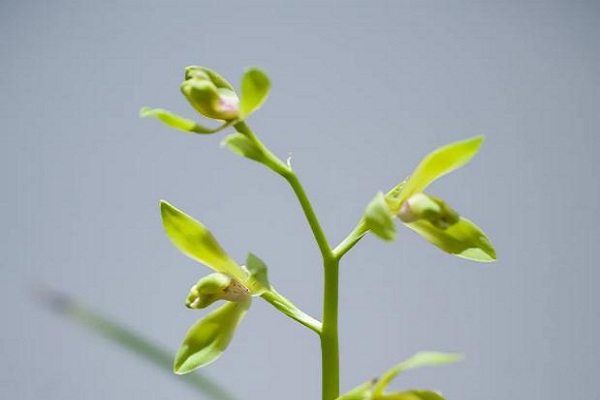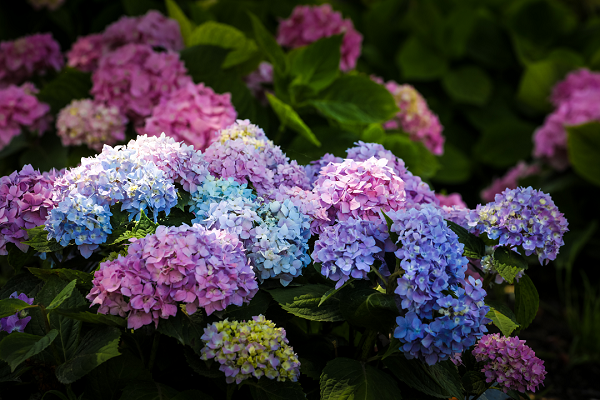Nestling in East China's Shanghai lies the enchanting Songjiang district – a place steeped in history and revered as the ancient cultural birthplace of Shanghai.
Six thousand years ago, Songjiang emerged as solid ground where early settlers cultivated the land, hunted and fished and began the legacy of human life. Unearthed Neolithic sites, including the significant Guangfulin culture from over 3,000 years ago, tell the tale of Songjiang's rich historical tapestry.
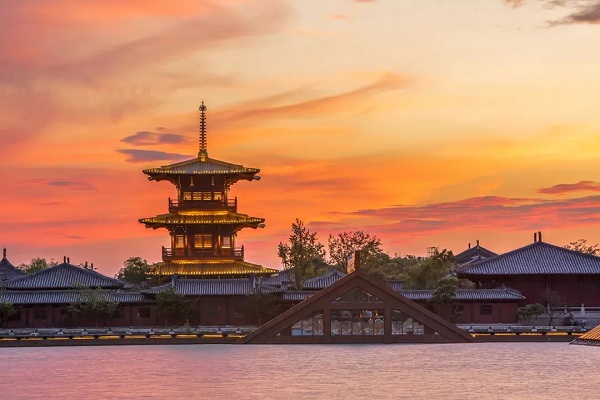
Guangfulin is an extraordinary archaeological site located in Songjiang district. [Photo/WeChat account: sheshanlvyoutopnews]
Known as the Nine Peaks and Three Lakes, Songjiang boasts over 10 picturesque mountains, with their heights reaching a modest 100 meters. Stretching over 27 li (13.5 kilometers), this terrain, covering 267 hectares, has earned itself the endearing title of the Nine Peaks of Songjiang.
To the west, a splendid trio of lakes – Yuanmao, Damao and Changmao – add to the district's natural splendor, forming the captivating Three Lakes.
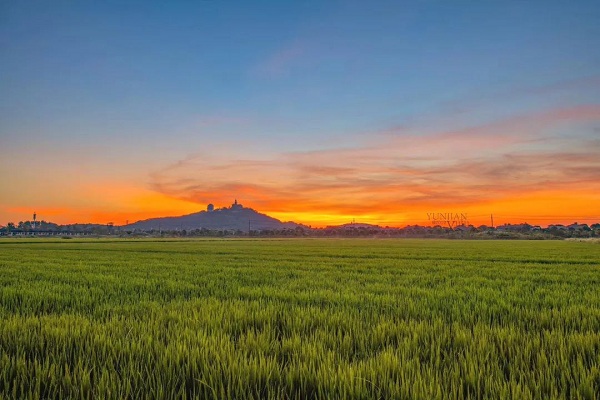
A glorious view of the Nine Peaks in Songjiang. [Photo/WeChat account: sheshanlvyoutopnews]
During the Ming Dynasty (1368-1644), renowned figures like painter, calligrapher and art theorist Dong Qichang and the composer of sanqu Shi Shaoshen bestowed poetic praises upon their hometown.
Sanqu is a traditional form of Chinese poetry that follows a specific set of rules regarding tone pattern and line length.
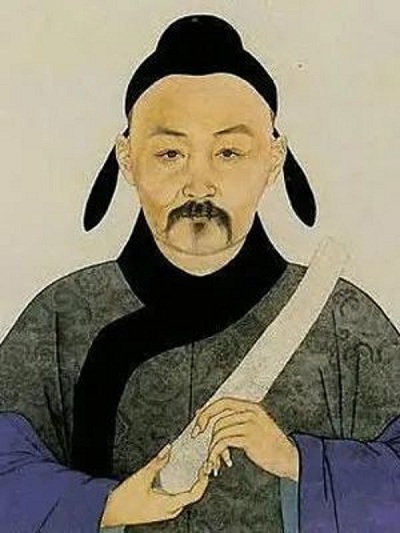
A portrait of Dong Qichang (1555-1636). [Photo/WeChat account: sheshanlvyoutopnews]
Dong Qichang eloquently compared the nine peaks to lotus flowers, gently cascading into the vast expanse of Maohu Lake. Shi Shaoshen, captivated by the region's natural beauty, described Songjiang as a place where mountains served as bones, water as skin and lush forests as clothing and feathers.
Over the centuries, Songjiang has attracted scholars, literati and poets who have found deep inspiration in its beauty. Their travels, residence, official duties, teachings, poetry and artwork have left an indelible mark, shaping the district's unique character.

